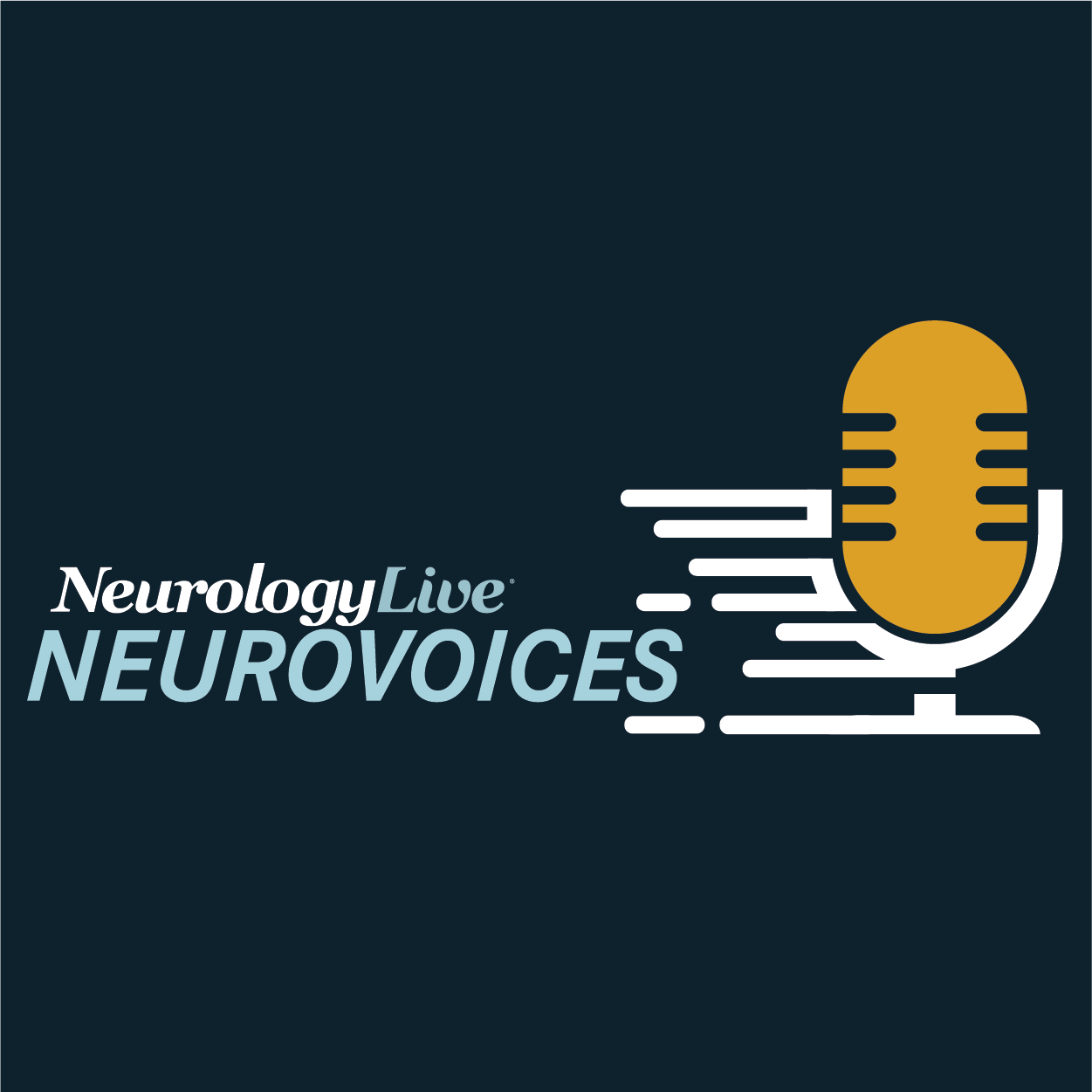News
Article
Thailand Study Underscores Need for Comprehensive NMOSD Care in Childbearing Patients
Author(s):
Key Takeaways
- Azathioprine and rituximab may be effective for managing NMOSD during pregnancy, especially with high disease activity.
- Pre-pregnancy planning, early obstetrical consultation, and monitored treatment plans are crucial for NMOSD management during pregnancy.
A significant number of pregnancies in NMOSD patients experienced relapses postpartum, with 50% of pregnancies showing complications for both mother and fetus.
Sasitorn Siritho, MD

In a recently published, single-center study in Thailand, findings showed that azathioprine and rituximab may be suitable treatment options for maintaining therapy throughout pregnancy particularly in cases of high disease activity, among those with neuromyelitis optica spectrum disorder (NMOSD). Investigators concluded that effective management for this group requires regular discussions on pregnancy, planning, and contraception during preconception, along with early obstetrical consultation and closely monitored treatment plans during pregnancy and postpartum.
Among the 196 patients with NMOSD in the clinic, 168 females and 12 males tested positive for AQP4-IgG, while 15 females and 1 male tested negative. Within a subset of 56 females of childbearing age (18-45 years), 53 were AQP4-IgG positive, and 3 were negative. Of these 56 females, 9 had a history of at least 1 pregnancy; however, only 8 patients, with a total of 10 pregnancies, had sufficient recorded data available in hospital files.
Led by Sasitorn Siritho, MD, an adjunct associate professor at Bumrungrad International Hospital, in Bangkok, 5 of the 10 pregnancies (50%) among the 8 patients experienced a total of 13 relapses during the study period. A closer look at the relapses showed that 2 (15.38%) occurred within the 12 months before pregnancy, 1 during pregnancy, and the remaining 10 occurred during the postpartum period (PP). The relapses during PP were spaced, with 3 occurring within the first 3 months, 2 between 3 and 6 months, 3 between 6 and 9 months PP, and 2 between 9 and 12 months PP.
The mean annualized relapse rate (ARR) peaked at 1.2 during the first postpartum period (PP1) and stayed elevated in PP3, rising from 0.2 before pregnancy (BP) and 0.13 during pregnancy (DP) to 1.0 in the PP. While ARR differences between BP and DP or BP and PP were not significant, a significant increase was observed between DP and PP (Z = -1.983, P = 0.0474).
READ MORE: Real-World Study Highlights Immunotherapy Trends and Effectiveness in NMOSD and MOGAD
Expanded Disability Status Scale (EDSS) data showed a mean increase from 1.56 BP to 1.85 at delivery and 2.1 at six months PP. However, no statistically significant differences were found between EDSS scores at these time points (e.g., BP vs. delivery: P = 0.0845; BP vs. 6-moPP: P = 0.3173). All eight patients received maintenance immunosuppressive (IS) therapy before pregnancy, mostly azathioprine. IS was discontinued in 40% during the first trimester and restarted postpartum in 50%, mainly due to relapses.
Maternal data from six pregnancies managed at the hospital revealed labor-related complications in 50% of cases: one false labor, one premature rupture of membranes (PROM), and one immediate postpartum hemorrhage. Episiotomies were performed in 67% of deliveries, and no cases of pre-eclampsia or eclampsia were reported. Additional fetal data showed a mean gestational age of 32.4 weeks and a mean birth weight of 2,592 g across seven live births. Apgar scores averaged 9.2 at 1 minute and 10 at 5 minutes, with no meconium staining observed.
Fetal data from nine pregnancies showed complications in 44%, including three adverse outcomes at the hospital: asymmetrical intrauterine growth restriction (IUGR), preterm birth with low birth weight and rapid breathing, and intrauterine fetal demise (DFIU) linked to placental insufficiency in a mother with antiphospholipid syndrome. Of the three pregnancies managed externally, one resulted in miscarriage at four weeks, while two reported healthy babies at follow-up. Overall, 75% of pregnancies experienced maternal and/or fetal complications.
"Our insights into the plausible interconnected influences between pregnancy and NMOSD highlight the importance of pre-pregnancy planning and contraceptive use in managing pwNMOSD of child-bearing age,” the study authors wrote. "Early pregnancy planning and counseling should begin soon after an NMOSD diagnosis to help minimize pregnancy-related risks. During consultations, it is crucial for physicians to emphasize the significant risks associated with pregnancy in patients with NMOSD and to incorporate family planning discussions into regular visits. We advise patients to aim for at least 12 months of disease inactivity before conception, as this period is associated with lower pregnancy-related relapse rates."





